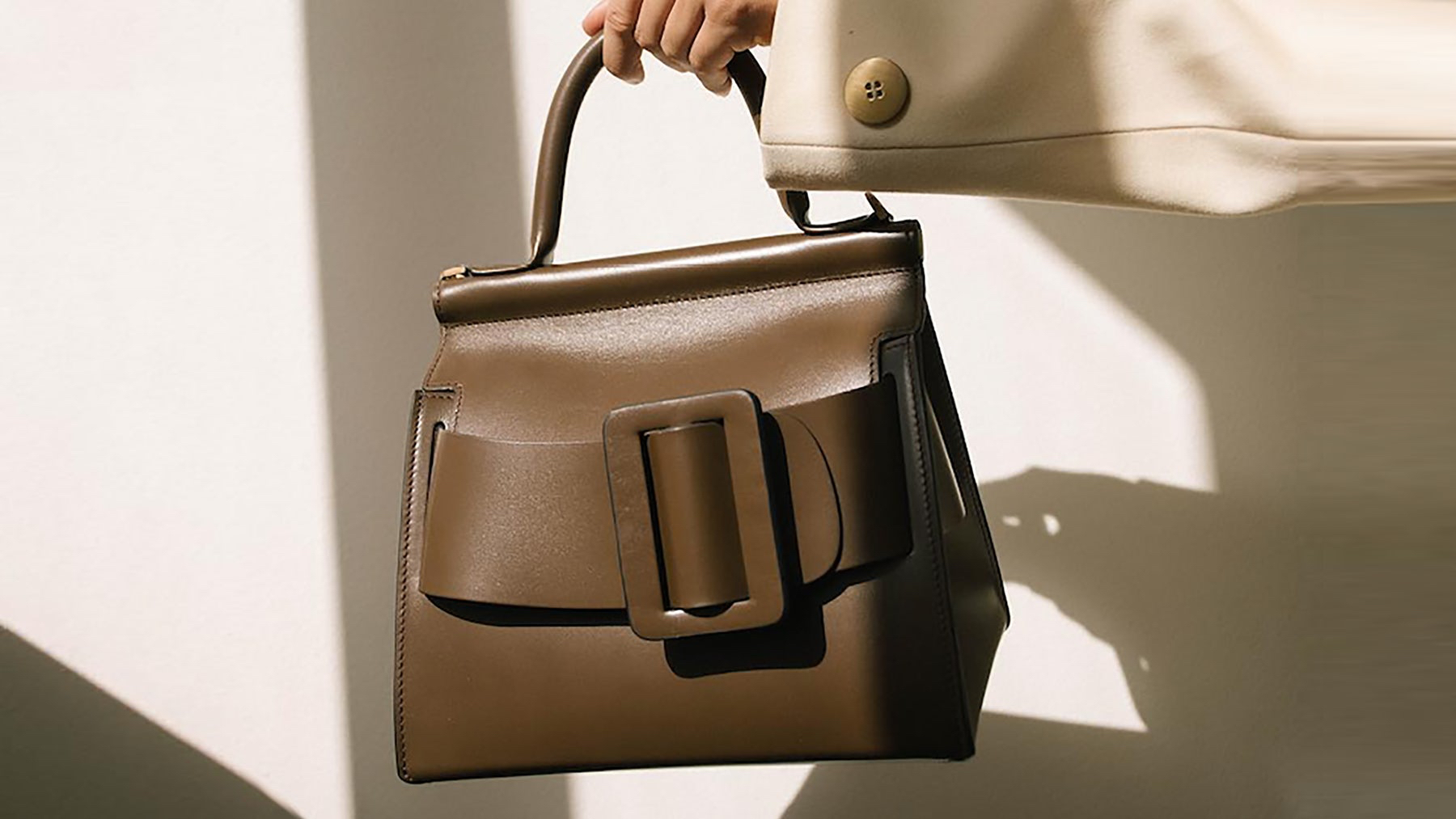In the world of high fashion, European luxury houses like Hermès, Chanel, and Louis Vuitton have long dominated the handbag conversation. For decades, these storied maisons have defined prestige, craftsmanship, and aspiration.
But in recent years, the global fashion narrative has started to shift—and not a moment too soon. From the vibrant street style of Seoul to the rising ateliers of Shanghai, Asian luxury bag brands are quietly but powerfully redefining what modern luxury means. And yet, they still remain largely underrepresented on the global stage.
So why aren’t more of these brands household names outside their home countries? And more importantly, why is it time for the world to take them seriously? Let’s unpack the need for broader recognition of Asian luxury handbag brands—and spotlight a few that are already making waves.
Asia Is Already a Powerhouse—As a Consumer
It’s no secret that Asian markets—particularly China, South Korea, and Japan—are among the biggest luxury consumers in the world. According to Bain & Company, Chinese consumers accounted for over one-third of global luxury sales in 2023, with South Korea ranking as the largest luxury spender per capita. Walk through any major city in Asia, and you’ll see women and men carrying the latest Hermès Birkin, Lady Dior, or Celine Classic Box Bag.
But while Asia fuels demand, the brands reaping the rewards are overwhelmingly Western.
It begs the question: Why isn’t the supply side catching up with the demand?
Why the World Needs More Asian Luxury Handbag Brands
1. Fresh Cultural Perspectives

One of the most exciting things about emerging Asian luxury brands is their unique design language. Rather than simply echoing Western aesthetics, many incorporate traditional craftsmanship, heritage motifs, and contemporary edge.
Take Korean brand OSOI, which fuses minimalist silhouettes with sculptural elements, or Moynat’s Japanese-inspired collaboration with artists. These interpretations offer something genuinely different in a saturated market.
More Asian brands in the spotlight would mean more diverse visual storytelling—and a richer, more inclusive definition of luxury.
2. Incredible Craftsmanship, Often Overlooked
Asia is home to centuries-old artisan traditions—from the intricate leather tanning techniques in Japan to the silk embroidery of China and the heritage weaving methods of the Philippines. Yet, these techniques rarely get the global recognition they deserve. By elevating local brands, we shine a light on craftsmanship that rivals (and sometimes exceeds) that of European houses.
Consider Taiwan’s Seivson, a brand that blends architecture-inspired design with high-grade materials, or Thailand’s BOYY, which rose to cult status for its oversized buckle bags made with impeccable quality.
3. Sustainable and Transparent Practices
Many Asian brands are leading the way in sustainability, often using locally-sourced materials, vegetable-tanned leather, and slow production models. Brands like Tángyán from China are actively blending modern design with responsible practices—something even big-name Western houses struggle with.
Promoting these labels not only balances the scales but also pushes the global industry toward greater accountability and innovation.
Spotlight on Emerging Asian Luxury Handbag Brands
While we need more representation, here are a few Asian brands that are already turning heads and proving that luxury doesn’t have to come from Paris or Milan.
1. FIND KAPOOR (South Korea)

Known for its now-iconic Pingo bag and vibrant strap customisation, FIND KAPOOR is playful, polished, and thoroughly modern. It’s a go-to for many K-pop idols and Korean influencers, and its bold use of colour sets it apart from the monochromatic minimalism of traditional luxury brands.
Why it deserves more attention: Stylish and functional, FIND KAPOOR’s designs make everyday luxury accessible—without sacrificing artistry.
2. Yuzefi (Founded by an Iranian designer in London, but heavily popular in Asia)

With strong fan bases in both Tokyo and Seoul, Yuzefi offers sculptural, eye-catching silhouettes that feel avant-garde yet wearable. The bags are produced in Spain but have found their aesthetic niche in the Asian fashion world.
Why it deserves more attention: It proves that East-meets-West creativity results in global appeal.
3. OSOI (South Korea)

If you’re looking for conceptual minimalism, OSOI’s distinctive buckled bags and curving silhouettes are a dream. With a name that means “slow” in Japanese, the brand stands for slow fashion and thoughtful design—luxury principles at their core.
Why it deserves more attention: OSOI embodies modern luxury values: intentional design, durability, and understated confidence.
4. BOYY (Thailand)

Founded by Jesse Dorsey and Wannasiri Kongman, BOYY’s structured bags with oversized buckles became a global fashion editor favourite. With European-level craftsmanship and Southeast Asian spirit, BOYY’s DNA is truly unique.
Why it deserves more attention: It’s proof that Asian brands can lead—not follow—in setting design trends.
What’s Holding These Brands Back?
Despite their design excellence and growing fan bases, Asian luxury brands face challenges in scaling globally:
- Perception bias: Western consumers often associate luxury with Europe, and Asian-made goods with mass production—an outdated view that’s rapidly shifting but still lingers.
- Retail access: Many Asian brands are distributed regionally or only ship locally. Without global brick-and-mortar or strong e-commerce infrastructure, visibility remains limited.
- Marketing muscle: Global recognition takes big-budget campaigns and celebrity endorsements—things European maisons have mastered over a century.
But the tide is turning. With the rise of digital fashion weeks, social media, and direct-to-consumer brands, there’s never been a better time for Asian luxury handbag labels to build their own global presence.
Final Thoughts: The Future of Luxury Is Borderless
Luxury no longer lives in one zip code. In a world where global identity, inclusivity, and sustainability matter more than ever, the fashion world has everything to gain by embracing more Asian luxury bag brands. These brands bring fresh voices, new techniques, and regional narratives that deserve to be seen—not just as novelties, but as equals in the luxury space.
It’s time for editors, buyers, and fashion lovers to look beyond the big five and start exploring the artistry coming out of Seoul, Shanghai, Bangkok, and beyond. The next It-bag? It might just be made in Asia.





